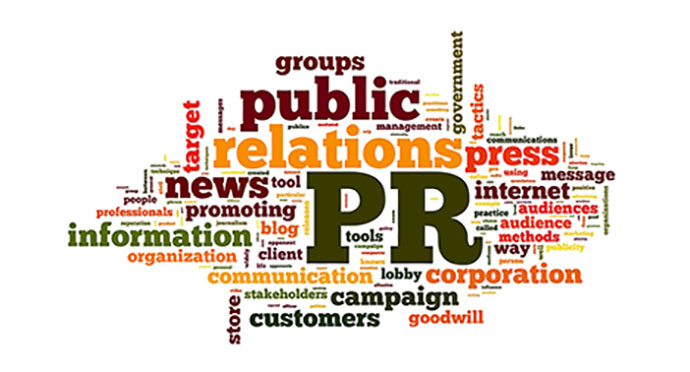For young startups, navigating the public relations game can be daunting. Telling a story effectively can be the gateway to funding, connections, potential clients, and most importantly, credibility. To help OurCrowd’s portfolio companies master the art of PR, we invited VentureBeat’s Stewart Rogers for an open discussion about the do’s and don’ts to keep in mind when pitching your story to the press. Here are some of the highlights we put together from his talk. You can view the whole talk here.
Do’s
- DO your homework. Want to be of value for a journalist? Analyze the data you already have and figure out what insights can come from it. It’s usually as simple as pulling out relevant data points from your database. Creatively packaging your research is a great hook for journalists, and positions your company as experts in your field.
- DO show your emotional side. If you have an emotional story of how your startup came about, or a personal experience that demonstrates your concept, sell it. If you can’t elicit an emotional response from a journalist, you probably won’t make readers have one.
- DO the legwork. Don’t just send ad hoc emails to a media list. You must do research as to which journalist your targeting and why. Use Reddit, Google, Twitter, or other free tools to find out which publications cover your industry’s news. If you can offer an exclusive to the appropriate publication, you’re more likely to hit your target audience.
Dont’s
- DON’T give away the farm. Startups are often caught up in the race towards recognition, and end up telling their story on controlled platforms such as their own Medium or company blog. If you expose everything about your product or service, don’t expect news outlets to cover it. It’s old news.
- DON’T have an MVP? Don’t bother. Your startup could be the next Uber, but unless you have a concrete proof-of-concept and real traction, don’t pitch to the press. Not only will your company not be covered, but you could also end up burning bridges for the future.
- DON’T waste a journalist’s time with long-winded pitches. As a rule of thumb, follow the acronym BLUF: Bottom Line Up Front. What is it and why should I care? Answer this in two sentences or less, and then fill in the details.
This story was also featured in OurCrowd’s Medium publication, Portfolio Insights. Want to read more from portfolio companies? Click here.








